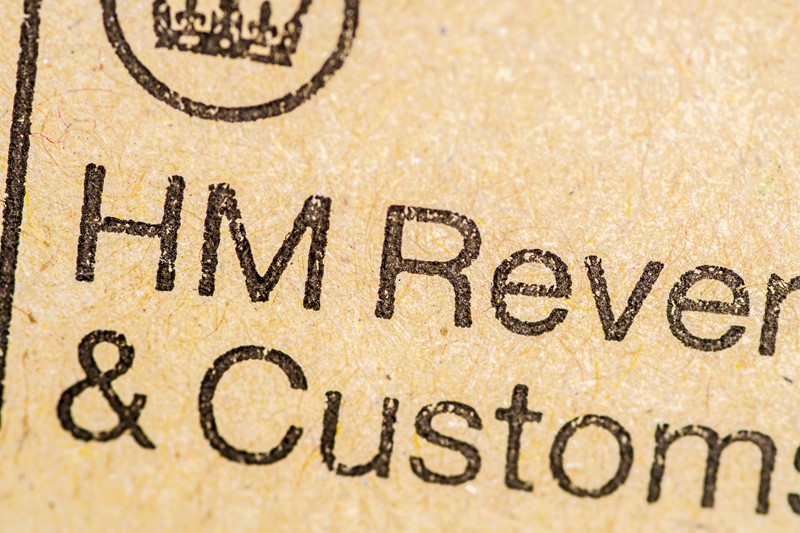If you are part of a couple that is about to separate or divorce, apart from the emotional stress, there are also tax issues that can have significant implications. Whilst this is unlikely to be uppermost in your mind it is important that the tax consequences of the break-up are considered.
Income Tax does not automatically cause an issue for separating couples as it is an individually assessed tax, however, there are other taxes that need to be considered. For example, when a couple are together there is no Capital Gains Tax (CGT) payable on assets gifted or sold to your spouse or civil partner. But if a couple separate and do not live together for an entire tax year or are divorced then CGT may be payable on assets transferred between ex-partners.
It is also important to reach a financial agreement acceptable to both parties. If no agreement can be reached, then applying to the courts to make a 'financial order' will usually be required. The couple and their advisers should also give proper thought to what will happen to the family home, any family businesses as well as any inheritance tax implications.












